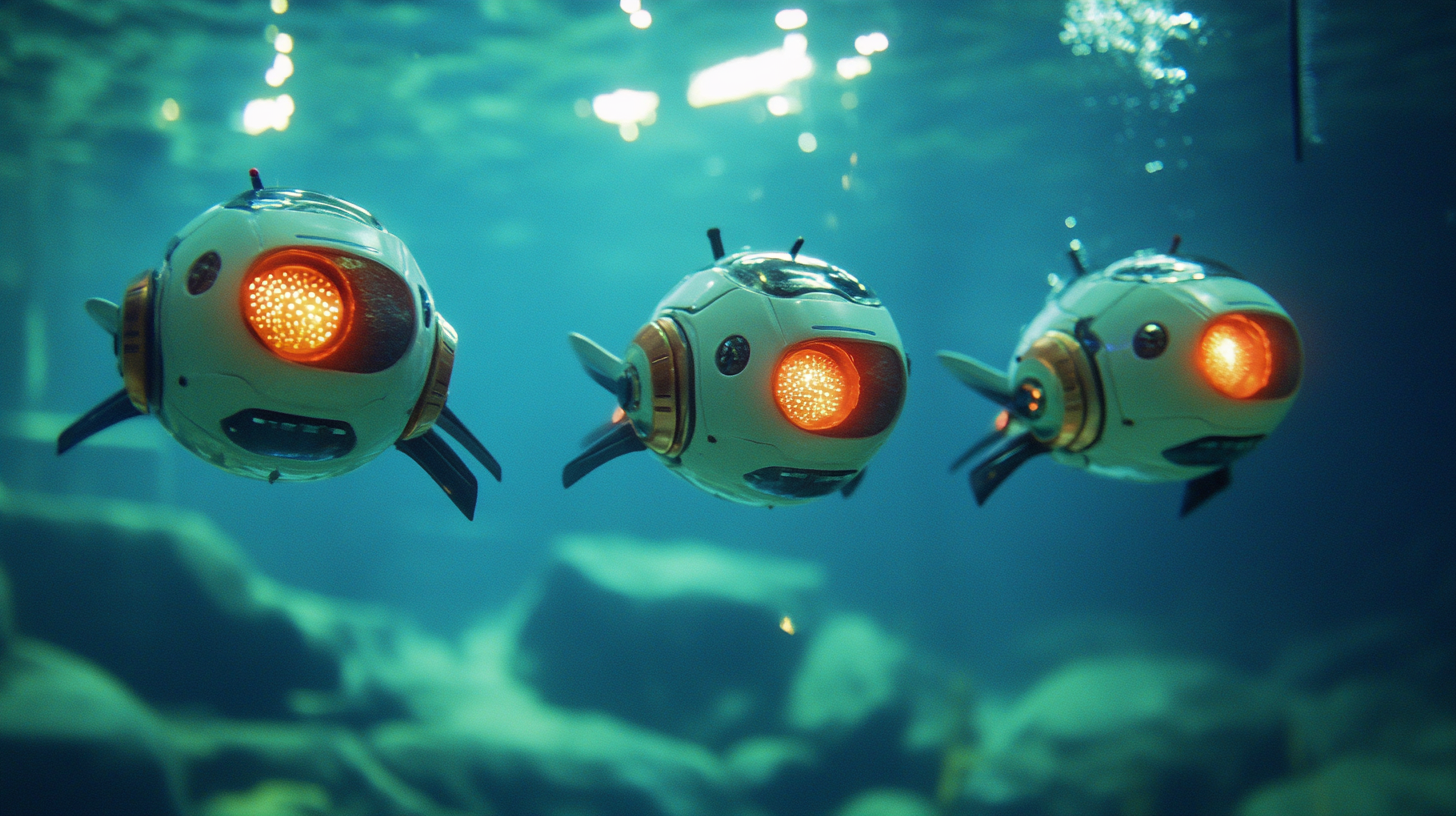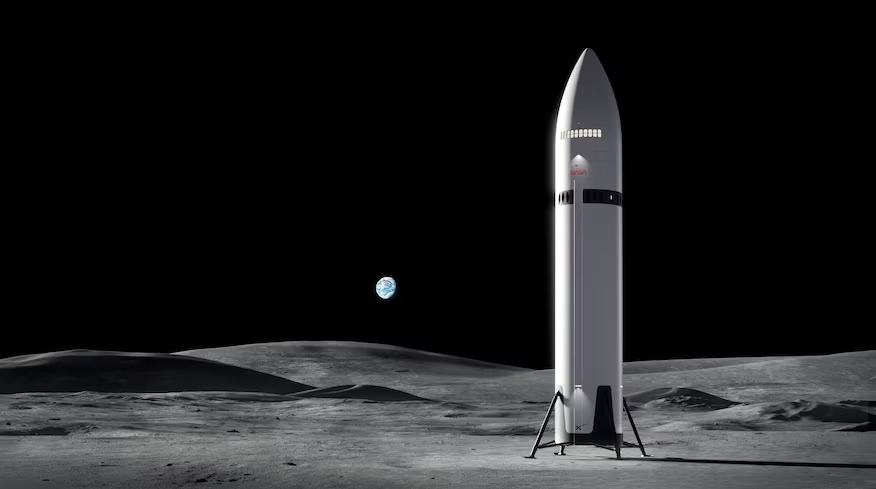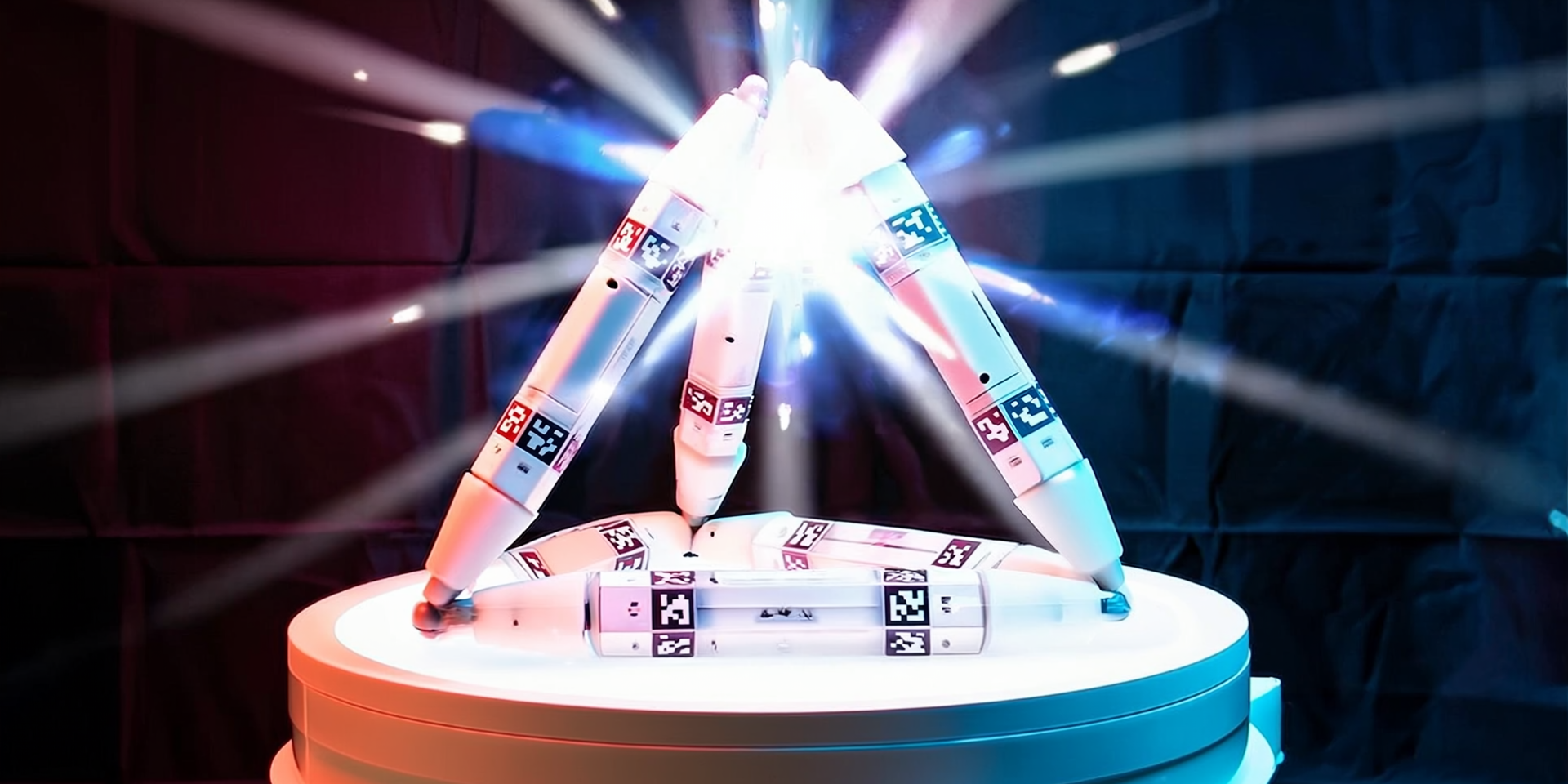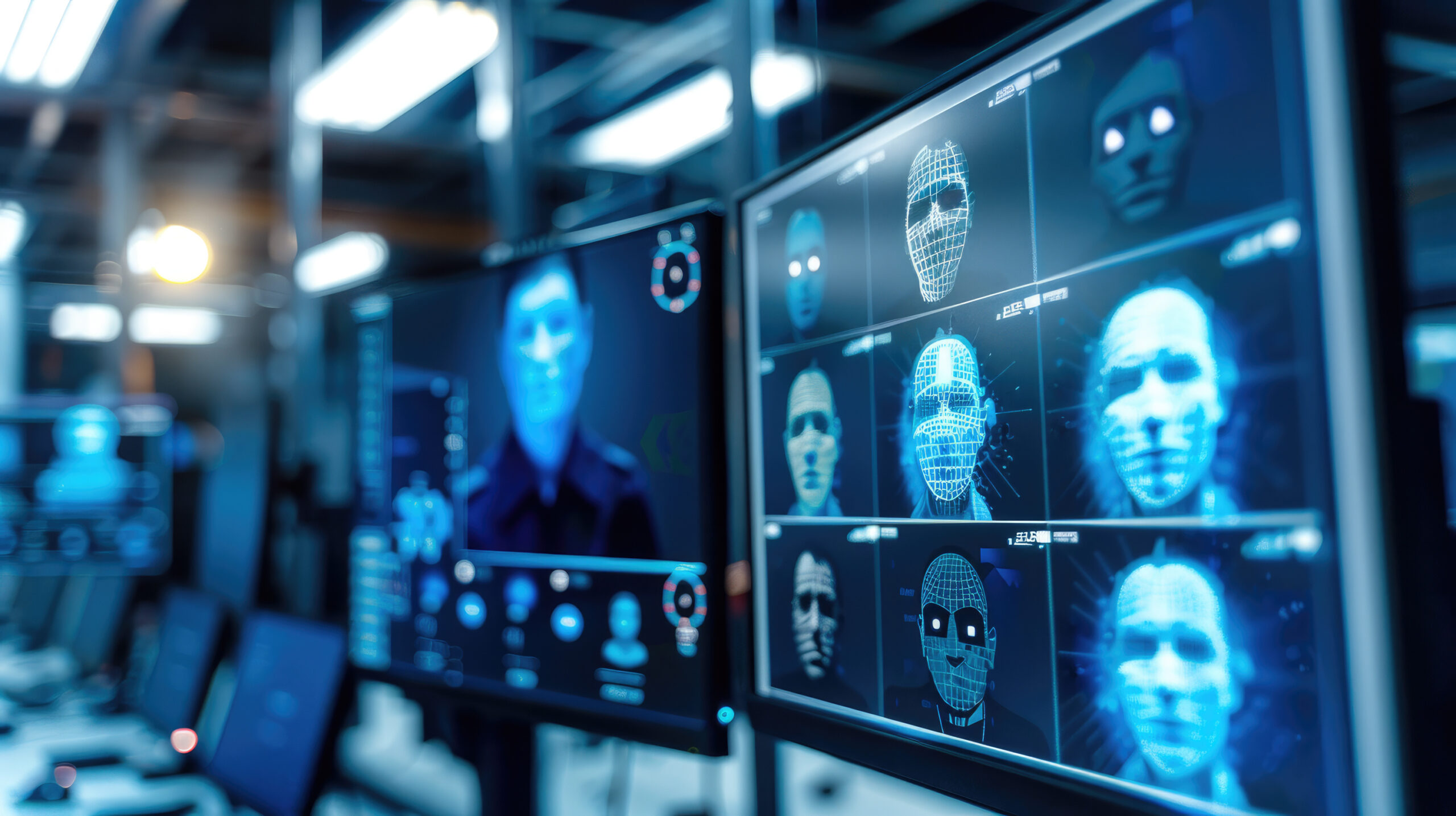A new study published in Science Robotics opens the way for intelligent, autonomous robots inspired by the schooling behavior of fish. The research team from the Department of Mechanical and Aerospace Engineering at Cornell University, led by soft robotics expert Professor Robert Shepherd, has developed an innovative project in the field of robotics.
This project is called BioPD: Biological Proportional-Derivative Control.
At the heart of this invention, there is the idea that leadership within a social group is not a uniquely human dynamic, but it is also a common behavior among fish. By studying how these animals instinctively and simply decide to follow each other, the researchers have devised a system that could revolutionize robotics.
BioPD is a project inspired by the group movement of deep-sea fish, revealing a new side of animal behavior that may unlock groundbreaking innovations in robotics.
A Virtual Guide to uncover the Secrets of the schools of fish
The starting point of the BioPD project is the use of a Virtual Fish.
A 3D robot was created and projected into an augmented reality environment where young Zebrafish, a species widely studied in neurobiology, were swimming. The real fish interacted with the virtual one as if it were a genuine member of their school, allowing scientists to systematically test various social behaviors under controlled conditions.
The BioPD model was built using a formula that adjusts swimming speed and direction based on the position of a nearby companion. Researchers verified that this rule could be applied not only between two fish but also within large groups, scaling up to over a thousand individuals.
The discovery is groundbreaking: the same social rule governing two fish could be applied to regulate the complex dynamics of the entire schools.
From Biology to Engineering: Robots that learn from Nature
After analyzing fish behavior, the next step was to apply the BioPD model to interactions among land, aerial, and aquatic robots. Without modifying the biological parameters, these robots were able to follow complex paths, maintain appropriate distances, and adapt to turns and speed variations with efficiency comparable to that of sophisticated engineering systems such as Model Predictive Controllers.
The core of the model is similar to controllers used in engineering to maintain system stability. But unlike traditional PD controllers, BioPD incorporates a threshold beyond which the fish-robot stops reacting, simulating a realistic behavior of selective attention. Moreover, the fish do not respond to the leader’s instantaneous speed, but rather to its average position, effectively filtering out movement noise.
The innovation of BioPD lies in its low computational requirements and independence from precise system modeling. It’s an elegant and lightweight solution, just like the evolution has refined in fish over millions of years.
Toward a Future of Animal-Inspired Robots
BioPD is grounded in research that doesn’t merely imitate nature, but reconstructs the laws behind animal behavior through experiments and simulations. This approach leads to a deep understanding of the mechanisms driving collective behavior.
In the future, the BioPD model could be used to develop coordinated drone swarms, autonomous vehicles that move in convoys, or marine robots capable of exploring the ocean without colliding. It may also help scientists better understand the neural basis of cooperation and shared attention in animals, including humans.
In an age increasingly focused on merging biology with technology, BioPD represents a graceful bridge between the natural and artificial worlds.
To build the future of technology, sometimes all you have to do is… follow a school of fish.




